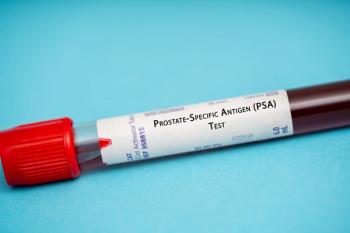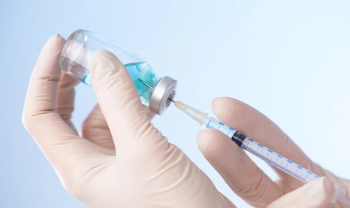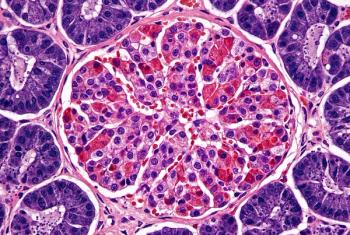
Increased risk of pancreatitis reported with use of GLP-1 drugs
Patients with type 2 diabetes mellitus taking glucagonlike peptide 1 (GLP-1)-based therapies may have a higher risk of acute pancreatitis, according to a recent report published in JAMA Internal Medicine.
Patients with type 2 diabetes mellitus taking glucagonlike peptide 1 (GLP-1)-based therapies may have a higher risk of acute pancreatitis, according to a recent
In a population-based case control study, Sonal Singh, MD, MPH, of the Department of Medicine, The Johns Hopkins University School of Medicine, Baltimore, Md., and colleagues identified more than 1,200 cases of patients with type 2 diabetes hospitalized with acute pancreatitis from a database of more than 1 million diabetes patients. The database included U.S. patients who were aged 18 to 64 years and were treated between February 2005 and December 2008. They were matched with the same number of diabetes controls.
Diabetes patients (n=1,269) who had been treated recently or were currently being treated with exenatide, a GLP-1 mimetic, and sitagliptin phosphate, a dipeptidyl peptidase 4 inhibitor, were about twice as likely to be hospitalized with acute pancreatitis than diabetes patients who had not used the GLP-1 drugs (n=1,269), the authors noted.
“Our results support findings from mechanistic studies and spontaneous reports submitted to the US Food and Drug Association that such an association may be causal,” Dr. Singh and colleagues wrote.
A previous study by Elashoff and colleagues had reported in Gastroenterology the increased risk of GLP-1 drugs and acute pancreatitis to be 6-fold compared with other antidiabetic agents.
In the JAMA Internal Medicine study, patients who were hospitalized for pancreatitis were more likely to have hypertriglyceridemia, alcohol use, gallstones, tobacco use, obesity, biliary and pancreatic cancer, cystic fibrosis, and cancer.
Current use and recent use were associated with significantly higher odds of acute pancreatitis (adjusted OR, 2.24; 95% CI, 1.36-3.69; P=.01 for current use; and OR, 2.07; 95% CI, 1.37-3.18; P=.01 for recent use), the authors wrote.
Limitations to the JAMA Internal Medicine study included residual confounders, such as possible misclassification of exposure as the data was derived from pharmacy claims, and the inability to generalize the information to patients older than 64 years.
Newsletter
Get the latest industry news, event updates, and more from Managed healthcare Executive.






















































